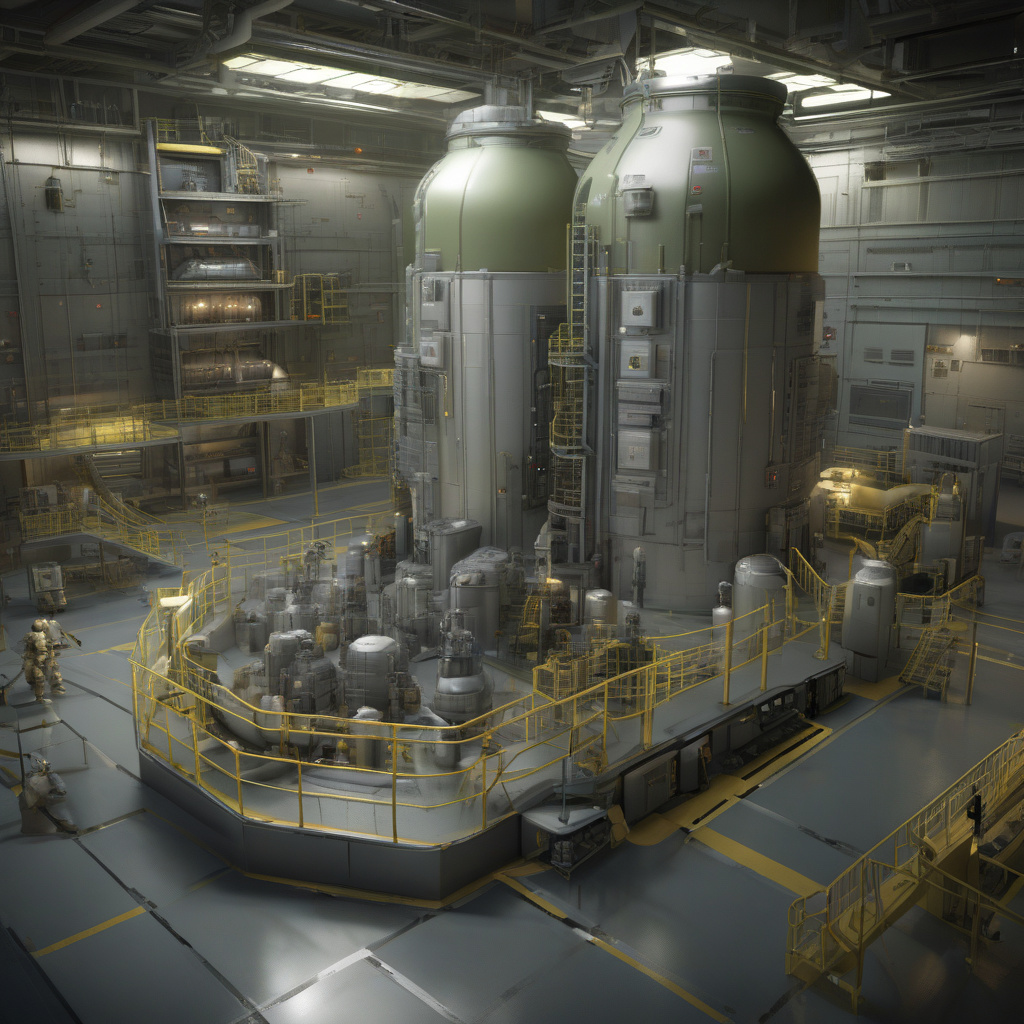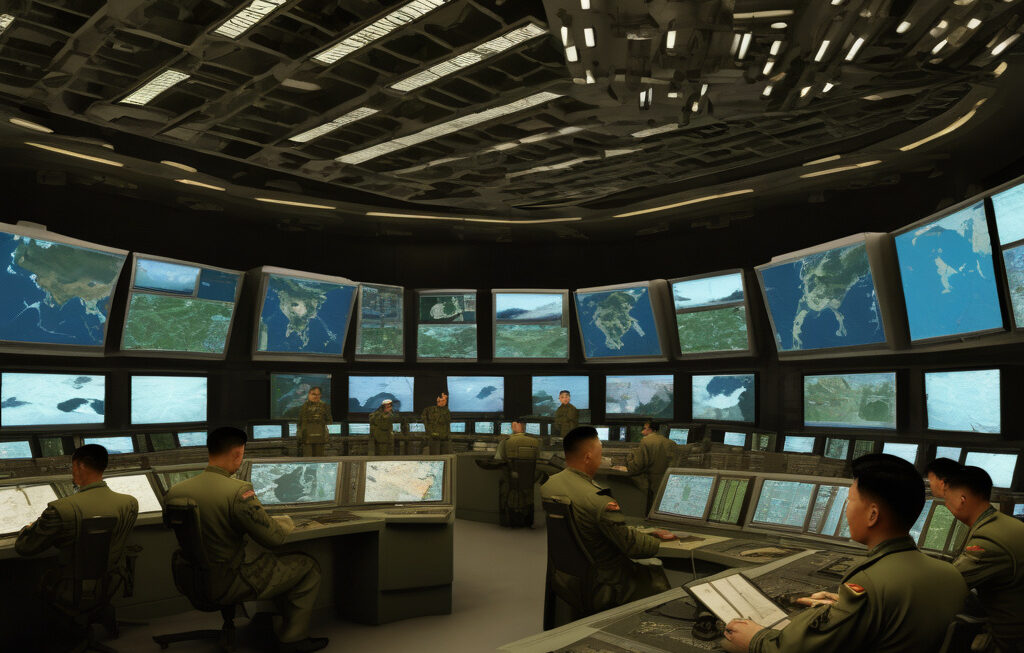US Accelerates Development of 50 MW Nuclear Reactors for Military and Remote Sites
In a groundbreaking move towards energy sustainability and security, the U.S. administration is expediting the construction of the world’s first two microreactor test beds. These microreactors, each capable of producing up to 50 megawatts (MW) of power, are set to revolutionize the way military bases and remote sites meet their energy needs.
The initiative comes as part of a broader push to enhance the resilience and reliability of energy supply for critical installations across the country. By deploying small modular reactors, the U.S. aims to reduce its dependence on traditional power sources, enhance energy independence, and bolster national security.
One of the key advantages of microreactors is their size. Unlike traditional nuclear power plants that require vast amounts of space, microreactors are compact and can be easily transported to remote or isolated locations. This portability makes them ideal for powering military bases in remote areas where access to the grid is limited.
Moreover, microreactors offer a consistent and reliable source of power that is not reliant on external factors such as weather conditions. This stability is crucial for military operations that demand uninterrupted access to electricity for communication, surveillance, and other critical functions.
The deployment of microreactors also aligns with the U.S. military’s efforts to reduce its carbon footprint and transition towards more sustainable energy sources. By harnessing nuclear power, which produces zero greenhouse gas emissions during operation, the military can significantly lower its environmental impact and contribute to global efforts to combat climate change.
Furthermore, the development of microreactors presents lucrative opportunities for innovation and economic growth. As the U.S. races to build up to 50 MW nuclear reactors, it is also paving the way for advancements in nuclear technology, engineering, and manufacturing. This, in turn, can stimulate job creation, attract investments, and propel the country to the forefront of the global nuclear industry.
The successful implementation of microreactors has the potential to set a precedent for other countries grappling with similar energy challenges. By showcasing the feasibility and benefits of small modular reactors, the U.S. can inspire international cooperation and collaboration in the pursuit of clean, reliable, and secure energy solutions.
As the construction of the world’s first two microreactor test beds gains momentum, the U.S. stands poised to usher in a new era of energy innovation and sustainability. By harnessing the power of nuclear technology, the country is not only fortifying its military capabilities but also laying the groundwork for a more resilient and prosperous future.
In conclusion, the accelerated development of 50 MW nuclear reactors for military and remote sites represents a significant leap forward in the quest for energy security and sustainability. Through the deployment of microreactors, the U.S. is not only addressing immediate energy needs but also shaping a cleaner, more secure energy landscape for generations to come.
US, NuclearReactors, MilitaryBases, EnergySecurity, SustainableFuture












